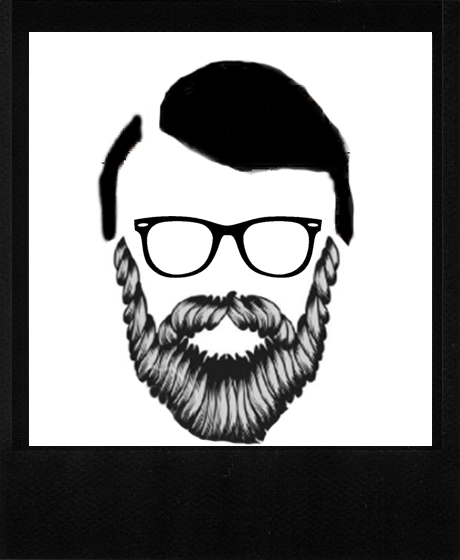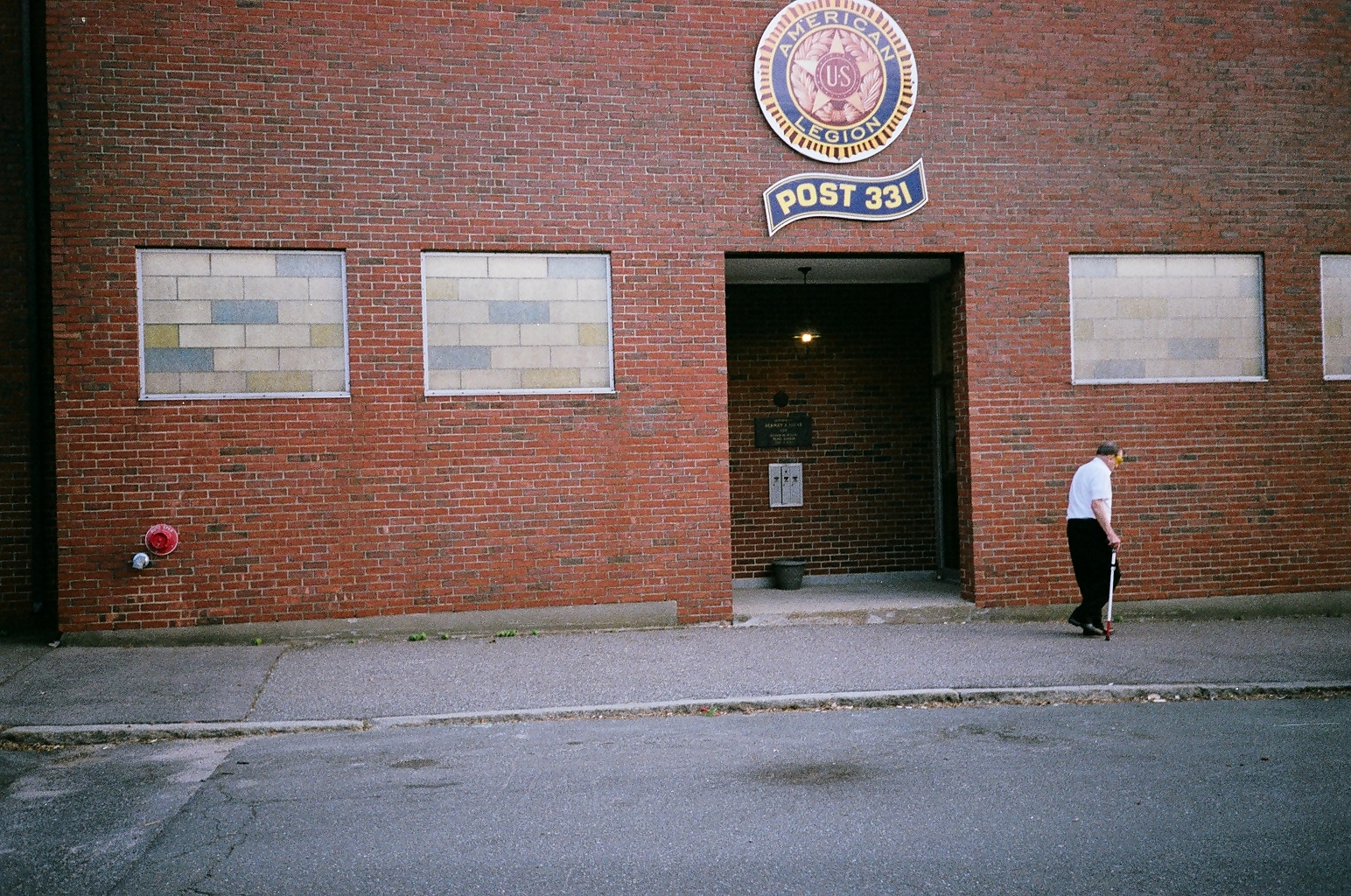The Leica Mini is my first taste of Leica and this great German brand (even though this was made in Japan). I have always wanted a compact 35mm camera that I could carry around my neck at all times or just have it in my pocket or in my camera bag when I'm not shooting film. Now, this camera isn't in the same league as the Contax T's, Ricoh GR's or its younger and better brother the Leica Minilux but by all means, this is a fantastic camera. This camera can be picked up of eBay for around $50-150 USD depending on the condition or the model (this being model 1) but I got mine for $42 USD that was in user condition.
now the plastic cover that protects the flash the viewfinder and everything else was almost impossible to see out of but toothpaste and a soft towel buffed it out to be somewhat clear!
Now, this model came with the data back that can set the date mm/dd/yyyy or any order you want all the way up to the year 2019. It takes a 3v button cell battery that I haven't gotten around to replacing. Loaded up with some Portra 400!
You can tell with the camera on the lens doesn't stick out very far and the camera has pretty limited buttons with going left to right, The self-timer button which is about a ten second timer, then there is the mode button that cycles through auto which is an auto flash when needed, flash always on and then flash off and then infinity focusing which can be set to every shot by holding it. To the right of the camera, there is the shutter button which can be half-pressed to check focus and what not. Then on/off button which camera will stay on for five minutes without shooting before if turns its self off. And then a rewind button for self-rewinding since the camera automatically does it when the roll is finished.
For size comparison, Polaroid Type 107 3 1/4x4 1/4 iPhone 5s and then the Leica mini
Now for the technical camera jargon that I am sure you all are dying to hear about! The mini has a Leica Elmar 35mm f3.5 lens that is unbelievably sharp which is one of the reasons that I was drawn to this camera because of how damn sharp it is corner to corner as well as the contrast it has. .The camera isn't every quite as I would like it to be but it does have a great feature for us street shooters or documentary shooters, is that you can take the picture and still hold the shutter button to prevent the automatic advancing of the film.
The Handling
When having with camera in hand it feels quite plasticky and somewhat cheep which was quite disappointing with it having that red dot on it but what can you expect from a little point and shoot. Now don't let that put you off from the camera because it really doesn't mean anything to me since I enjoy it being light around the neck and in hand. I have small hands so this camera feels great in my hand and its pretty much a one-handed camera with is a great thing when you are shooting fast and discreet. The lens is the perfect spot that when you hold the camera your hand should not be in front of the lens. I really enjoy the viewfinder it is a just right size for me, but a little cumbersome since I wear glasses but every camera is aside from the Nikon F3hp. But the viewfinder is nice and bright and has some great frame lines with a dot in the middle for its AF that it suggest focussing on the subject then set frame and then shoot or else you will get some out of focus shots.
Metering and LED light
Now the metering is pretty good for this point and shoots since it is all automatic with some user control with the flash modes that I described earlier. The meter is center weighted which is nice and well accurate but does have its limitations in low light.
The biggest complaint I have with the camera is the ever confusing and multiple-meaning LED green light in the viewfinder. Depending on that mode you are in the little light has several means that is worth reading before you start shooting so you know the limitations of the camera and so you can troubleshoot on the go. I will link the manual because it is worth a look to see the confusion about the green light Leica Mini Manual , but I will try to explain down below.
- When on auto the green light signifies exposure and focus and when is solid its good to shoot but it will blink if quickly if the flash is charging or not ready. But it could also mean the subject is too close. (min focusing distance 65cm or 24inches or 2ft)
- when the flash is off the green led will glow solid and you can shoot. Or it will blink slowly with there isn't enough light and it will default to 1/30th of a second shutter speed.
- Finally, if you see no light and you are in the flash off mode it will default to its own bulb mode and take a shot.
Yes, I know that is a lot to remember for one light. I really wish there was a second light or something else but hey, every camera has their wonky features but you get used to them.
Examples
Now I shot about four rolls of film with this camera before I wrote with review and i do have a fifth in the camera now and I shot quite a lot of different film. Now keep in mind the camera only takes the DX-coded film.
- Two rolls of Ilford XP2 400 (expired)
- Kodak Tri-x 400
- Fujifilm Superia 400
A few things I should technically point out before looking at the images is the roll of Tri-x was self-developed in Sprint chemistry and self-scanned of an Epson V700. The rest where developed at a small lab Fuji chemistry and scanned on god knows what and I did not edit them for this post.
Ilford XP2 400
Ilford XP2 400
Ilford XP2 400
Ilford XP2 400
Tri-x 400
Tri-x 400
Tri-x 400
Tri-x 400
Fujifilm Superia 400
Fujifilm Superia 400
Fujifilm Superia 400
Fujifilm Superia 400
Fujifilm Superia 400
Fujifilm Superia 400
Flash
clearly trusted this camera and took this the second I received my BFA
Conclusion
The images were shot over a span of three or so weeks and it's all I have been shooting in terms of 35mm. I really love this camera and it is a great introduction to the world of great compact cameras. Yes, it does have its flaws and setbacks but if you know the limitations of the camera you will know where it can excel. It is a great EDC camera that you can have it you don't feel like having a camera with you because you will forget this is around your neck. Now, do I recommend this camera? Yes, I do, and for a few reasons. Those reasons being the wicked sharp and contrasty lens, the pocketability of the camera and the price. For the price, you get a lot more than you pay for and if you don't want to break the bank for a great compact this is one of the great options. Will this be my only compact 35mm? No, and I might suffer from G.A.S (gear acquisition syndrome) but hey, don't we all? I would love to get my hands on some higher end compacts like the Contax T's or the Rico GR's but that might be a while and I am happy with this guy for the time being!
I hope you guys enjoyed this camera review and it will be first of many and I look forward to doing more. If you guys have a comments or questions feel free to comment below or send me an email. Cheers!



















